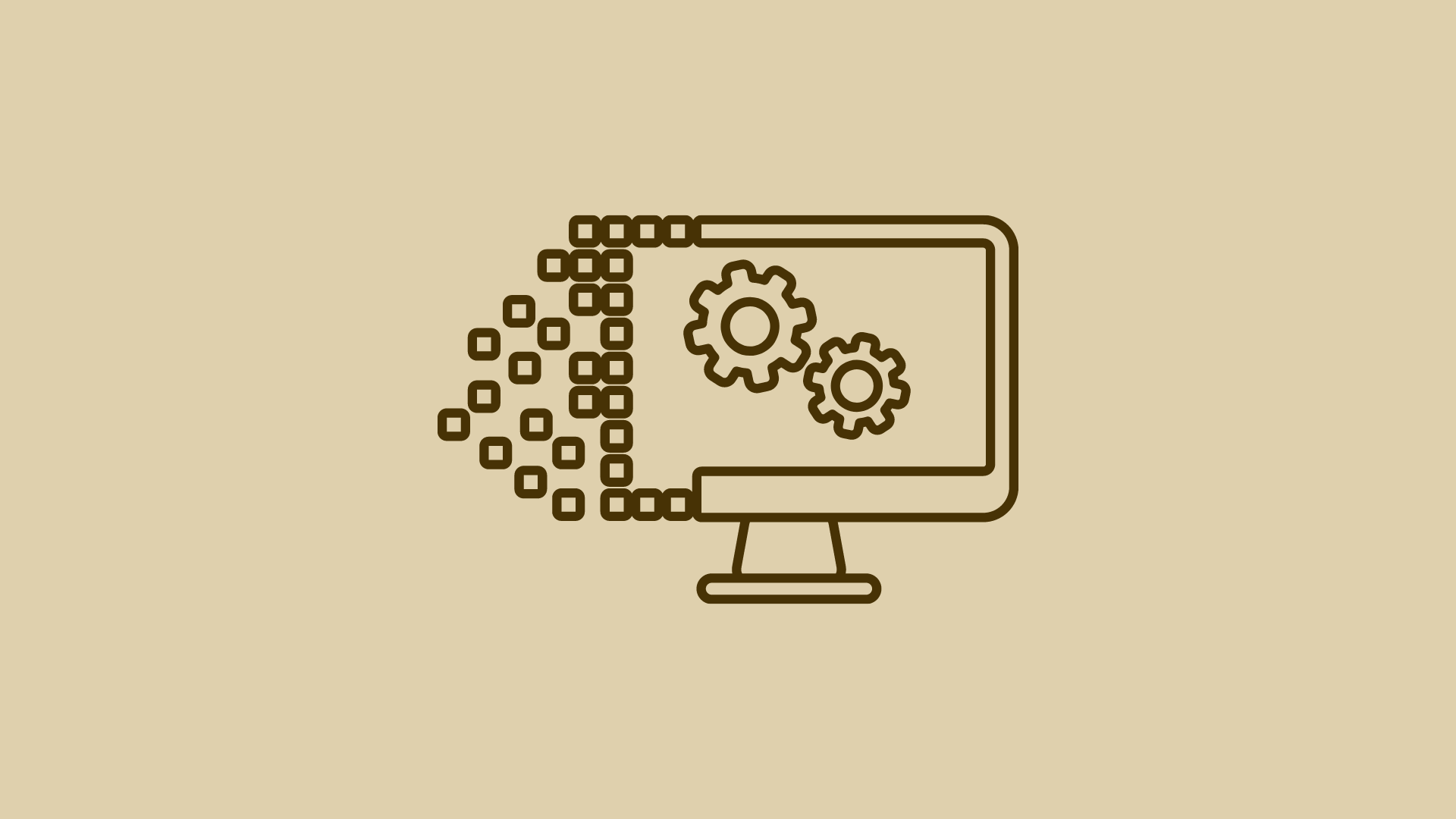The SAMR Model for Digital Transformation
Digital transformation is a buzzword that's been thrown around a lot lately, but what does it actually mean? At its core, digital transformation is about using technology to improve or transform the way we work, learn, and live. But with so many tools and technologies available, it can be overwhelming to know where to start. That's where the SAMR model comes in.
The SAMR model is a framework developed by Dr. Ruben Puentedura to help educators integrate technology into teaching and learning. But its principles can be applied to any field or industry that's looking to leverage technology for improvement or transformation. The model consists of four levels: Substitution, Augmentation, Modification, and Redefinition.
Let's take a closer look at each level and how it can be applied in practice:
1. Substitution: At this level, technology is used as a direct substitute for a traditional tool or process. For example, using a word processor instead of a pen and paper to write an essay. While this level may not seem particularly transformative, it can still be useful for tasks that require speed, accuracy, or accessibility. For example, using a scheduling app to manage appointments instead of a paper calendar.
2. Augmentation: At this level, technology is used to enhance or improve upon a traditional tool or process. For example, using a spell-checker or grammar-checker in a word processor to improve the quality of writing. This level can provide some benefits to the learning experience, but it still largely resembles traditional methods. For example, using a digital whiteboard instead of a physical one to collaborate on ideas.
3. Modification: At this level, technology is used to significantly modify or redesign a traditional tool or process. For example, using a collaborative document editor to allow multiple team members to work on a project simultaneously from different locations. This level can provide more meaningful benefits to the learning experience, such as increased collaboration and communication. For example, using a project management tool to track tasks and deadlines instead of relying on email.
4. Redefinition: At this level, technology is used to completely transform the learning experience in ways that were previously impossible. For example, using virtual reality to simulate historical events or scientific phenomena, allowing students to experience them firsthand. This level can provide the most significant benefits to the learning experience, as it allows for entirely new ways of thinking and learning. For example, using machine learning algorithms to analyze customer data and personalize marketing campaigns.
It's important to note that the SAMR model is not a linear progression, and it's possible to move back and forth between levels depending on the task or learning objective. The goal is to use technology in a way that enhances or transforms the learning experience, rather than simply substituting or augmenting traditional methods.
The SAMR model is a useful framework for anyone looking to leverage technology for improvement or transformation. By understanding the four levels and how they can be applied in practice, you can start to identify opportunities for digital transformation in your own work or learning environment. Whether you're just getting started or looking to take your digital transformation to the next level, the SAMR model is a valuable tool to have in your toolkit.

